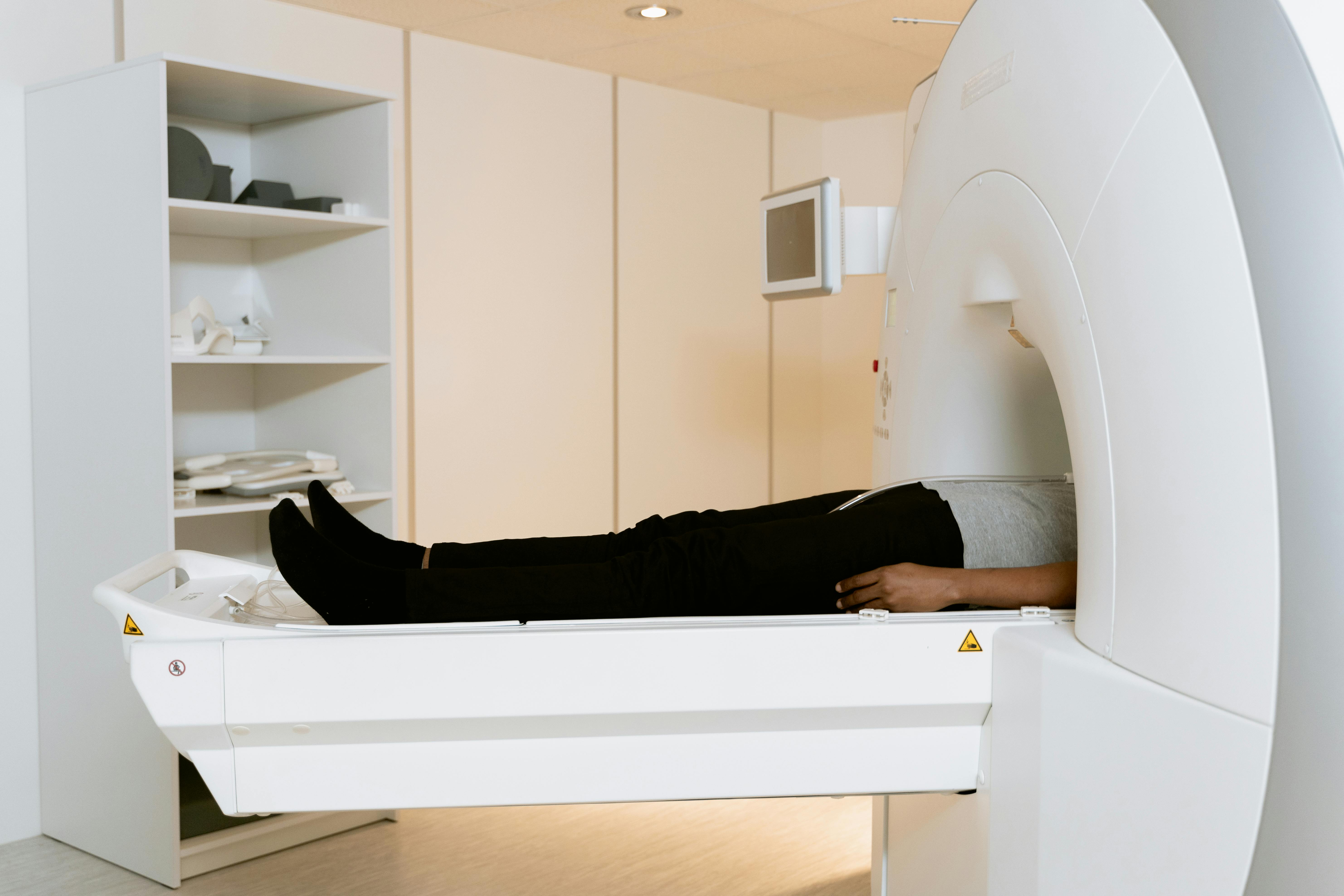Effective Ways to Optimize Your Creatin Levels in 2025: Discover Proven Techniques
In the continually evolving landscape of assessment and education, the optimization of test and examination methods is more crucial than ever. As we approach 2025, understanding how to navigate innovative test design and effective strategies can significantly enhance both the learning experience and assessment outcomes. This article explores proven techniques for improving creatin levels in an educational context, aiming to address contemporary challenges faced by educators, learners, and institutions alike.
Optimizing your testing strategies not only leads to better performance outcomes but also supports a more engaging learning process. This comprehensive guide will provide insights into the importance of effective Prüfungsmethoden, test design principles, and how user feedback can inform improvement. By examining key areas of focus such as formative and summative evaluations, training for test evaluators, and adaptive testing techniques, we equip educators and administrators with the tools necessary for educational success.
Key takeaways will include practical methods for test planning, strategies for effective user feedback incorporation, and innovative trends in online testing, making this a vital resource for anyone involved in educational assessments.
Essential Strategies for Effective Test Design in 2025
Understanding Test Design Basics
Effective test design begins with a clear understanding of the learning objectives. Educational assessments must align closely with the established Lernziele, allowing for a straightforward evaluation of student understanding. In 2025, the adoption of creative test formats that go beyond traditional written exams will be essential for assessing a diverse range of competencies. By utilizing tools like Prüfungssoftware and online testing platforms, educators can streamline the test process and enhance the user experience.
Common Test Design Challenges
Despite technological advancements, there remain several challenges in test design, such as ensuring fairness and accessibility. Teststrategien should address potential biases and accommodate varied learning modalities. Additionally, educators must consider factors like Testschwierigkeit to maintain student engagement. Addressing these challenges can lead to successful test outcomes, providing clear insights into student performance.
Incorporating Feedback into Test Design
User feedback is a crucial element in optimizing the test design process. Gathering insights from participants through Testfeedback mechanisms allows for iterative improvements. This feedback loop can help identify areas needing adjustments within Testinhalte, helping to fine-tune the assessments to better suit student needs and ensuring high quality of results. Incorporating feedback can also promote students’ ownership of their learning journey.
Improving Prüfkriterien for Enhanced Assessment
Key Elements of Effective Assessment Criteria
Developing robust Prüfkriterien is essential for establishing clear standards in evaluations. Educators should focus on developing criteria that reflect not only knowledge acquisition but also critical and creative thinking. Defining these competencies ensures that assessments are fair, transparent, and geared toward promoting continuous learning. Utilizing Benchmarking and competency assessments through formative testing can lead to significant improvements in learner outcomes.
Balancing Formative and Summative Assessments
Both formative and summative assessments play vital roles in educational settings. While formative assessments provide ongoing feedback during the learning process, summative assessments evaluate learners’ achievements at the end of a unit or course. A balanced approach, integrating both assessment types, ensures comprehensive evaluation and supports students in achieving their goals. The use of digital platforms for these assessments can facilitate immediate feedback, enhancing learning efficiency.
Adapting Assessment Methods for Diverse Learners
Every learner is unique, and adapting assessment methods to meet diverse needs is crucial. Using Testszenarien that reflect real-world applications and challenges can promote engagement and mastery. Implementing adaptive testing techniques that tailor difficulties to individual learner performance can also optimize the educational process. This adaptability is key to fostering an inclusive and effective learning environment, ensuring all students can achieve recognized qualifications.
Utilizing Technology for Test Optimization
Impact of Digital Testing Innovations
As we move into a new era of education, embracing digital Prüfungen innovations will provide significant advantages. Online tests allow for greater flexibility, immediate feedback, and more engaging formats. Implementing digital tools can save time in the Testauswertung and improve assessment accuracy. Moreover, educators can analyze Testdaten to understand trends in student performance, informing future instructional adjustments.
Engaging Students through Interactive Assessments
Interactive assessments are becoming increasingly important in engaging learners. Through gamification and scenario-based testing, educators can drive student interest and motivation. Such approaches to Testverfahren foster collaboration, critical thinking, and problem-solving skills. By presenting assessments in a stimulating format, students are more likely to perform at their highest levels, resulting in positive Prüfungsergebnisse.
Enhancing User Experience with Test Tools
Choosing the right Testtools can significantly affect the overall assessment experience. Tools that facilitate user-friendly navigation, provide clear instructions, and offer immediate feedback lead to enhanced acceptance among learners. Regularly updating these tools and incorporating advanced features can further bolster user acceptance and provide valuable analytics for ongoing improvement.
Analyzing Test Results for Continuous Improvement
Interpreting Test Performance Data
Test performance data analysis provides critical insights into student capabilities and instructional effectiveness. Implementing comprehensive Testanalyse allows educators to identify trends, strengths, and weaknesses within the learning environment. This analysis should inform future curriculum adjustments, ensuring continuous improvement in education quality. Regular reviews of analysis metrics cultivate a culture of reflective practice, benefiting both learners and educators.
Adjusting Assessment Strategies Based on Results
Once test results are analyzed, adjusting assessment strategies is vital for ongoing success. By revisiting Testplanung and test strategies in response to data insights, educators can implement targeted interventions that address identified gaps. This approach promotes a proactive stance in educational outcomes, fostering resilience and adaptability among students, shaping their learning experiences effectively as they progress.
Utilizing Performance Feedback for Future Tests
The importance of performance feedback cannot be overstated. By analyzing trends and aggregate feedback, educators can develop Testanpassungsstrategien to elevate assessment effectiveness. Incorporating qualitative insights from student evaluations can also enhance the relevance and quality of assessments. This feedback will play a pivotal role in shaping future educational strategies, making a meaningful impact on learners’ educational journeys.
Fostering a Culture of Assessment for Learning
Building Trust and Transparency in Assessments
Establishing transparency in the assessment process fosters trust between educators and students. Communicating clear expectations and assessment criteria promotes a shared understanding of goals and outcomes. This trust encourages open dialogue regarding performance, allowing for an environment where students feel comfortable receiving feedback and engaging with the learning process. Establishing this culture is essential for optimal educational environments.
Promoting Collaboration Among Educators
Collaboration among educators contributes significantly to the development of effective assessment strategies. Shared experiences and resources lead to richer insights into achieving quality assessments. Participating in professional development and workshops can enhance educators’ skills in Testmethodologie and innovative approaches, ensuring they are well-equipped to address ever-changing educational demands.
Emphasizing Continuous Learning and Adaptation
In the rapidly changing sphere of education, emphasizing continuous learning is crucial. Encouraging both students and educators to remain adaptive and open to new ideas promotes an innovative mindset. By regularly reflecting on assessment practices and exploring Testinnovationen, educators can remain ahead of the curve and ensure they are meeting learners’ needs in an evolving academic landscape.
Frequently Asked Questions on Assessment Optimization
What factors contribute to successful test design?
Successful test design hinges on alignment with learning objectives, clarity in evaluation criteria, and the incorporation of user feedback. Ensuring these elements are present leads to fair and effective assessments.
How can technology enhance the assessment process?
Technology can streamline the assessment process through online testing platforms, immediate feedback mechanisms, and comprehensive data analytics. These capabilities enhance the overall assessment experience for both educators and students.
What role does student feedback play in test improvement?
Student feedback is vital for ongoing test improvement. It provides insights into the student experience and highlights areas needing adjustments, contributing to the development of more effective assessments.
How can adaptive assessments benefit diverse learners?
Adaptive assessments cater to individual learning needs by adjusting difficulty levels and content based on student performance, ensuring assessments are fair and relevant for a wide range of learners.
What are the key trends shaping assessment in 2025?
Key trends include the integration of digital platforms, a focus on interactive assessments, and the emphasis on continuous adaptation. These trends signify a shift towards a more engaging and effective testing paradigm.


